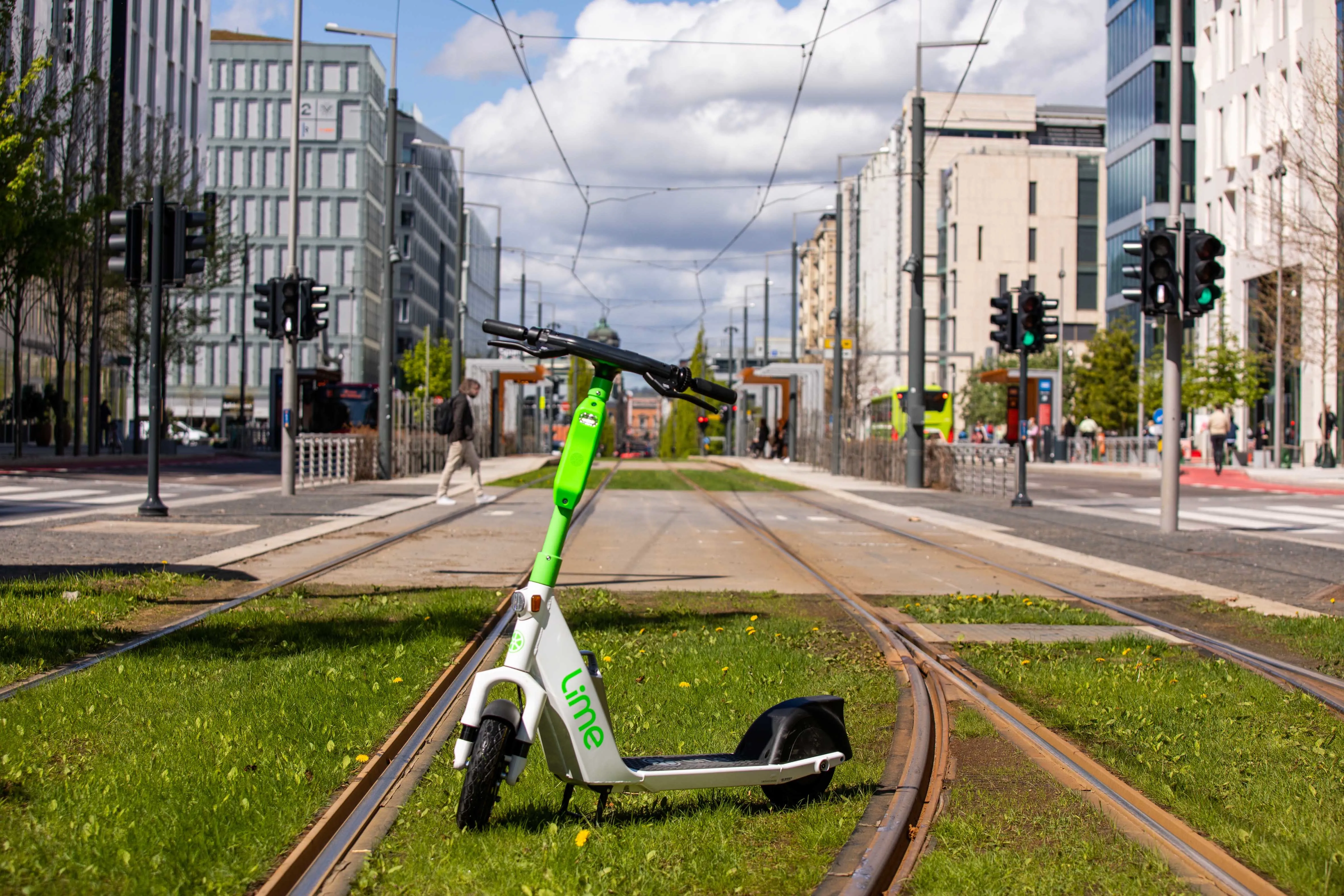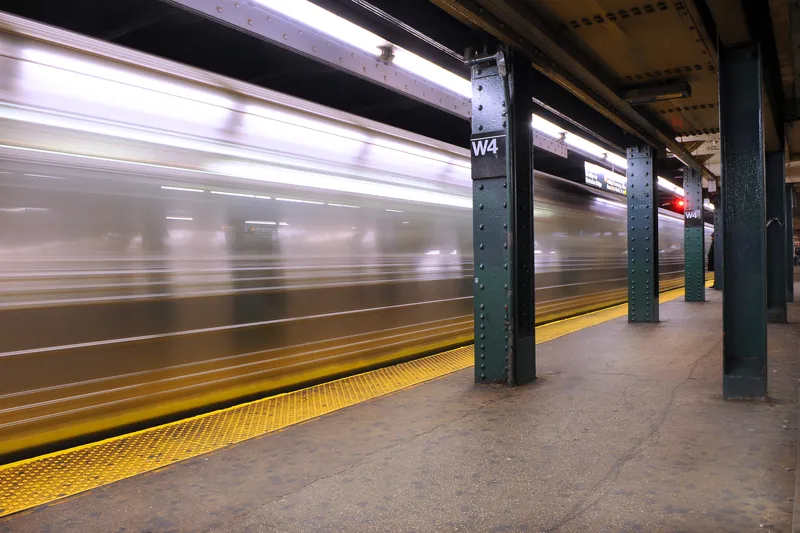
A pilot project to reduce flashpoints between cars and bike or scooter users at traffic light-controlled junctions has been launched by Swarco and micromobility firm Lime.
The Intersection Risk Mitigation programme aims to improve the safety of vulnerable road users.
“Swarco is well positioned to help cities offer a safer environment for their new mobility carriers like e-scooters, in particular at those blackspots and conflicting zones where pedestrians, vehicles, e-scooters, bicycles and other modes meet”, says Christoph Stögerer, head of innovation & technology at Swarco’s ITS Division.
The plan is to optimise the company's adaptive traffic light management algorithms by using Lime’s anonymised ridership data to adjust crosswalk timings and create more efficient, safer crossings.
“We know that intersections are key areas where conflict between cars and micromobility users are more likely to occur,” said Annie Chang, director of safety programs at Lime.
The companies will engage with cities in order to "understand current challenges first-hand from the stakeholders affected and evaluate the capabilities of such solutions under real life conditions", Stögerer adds.









